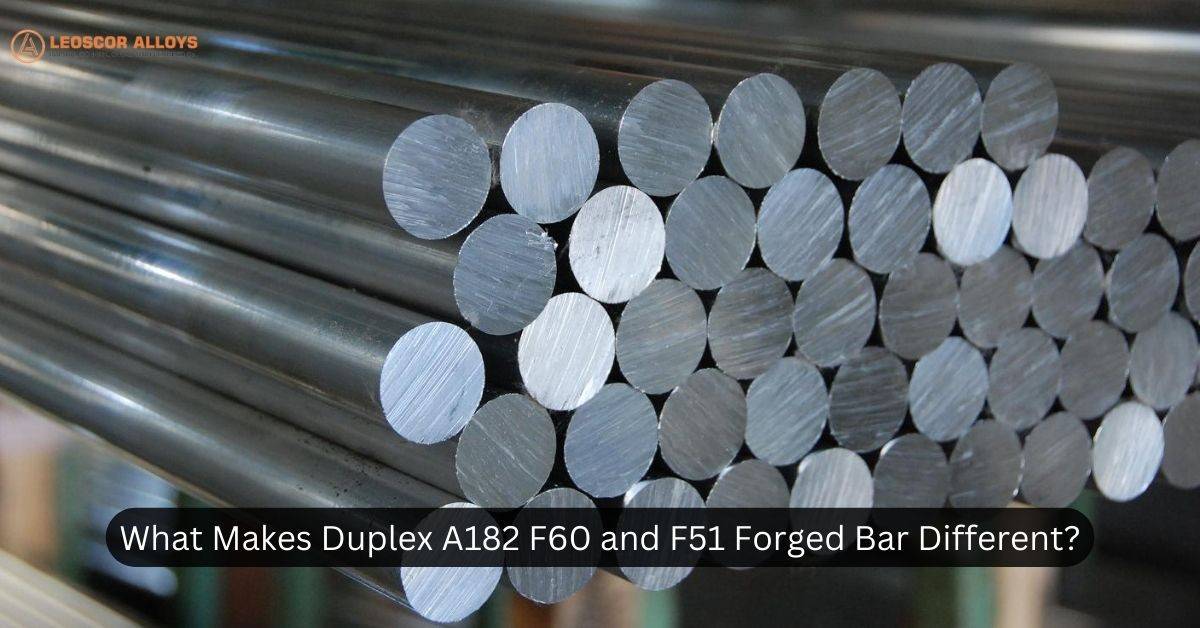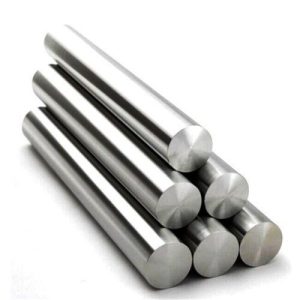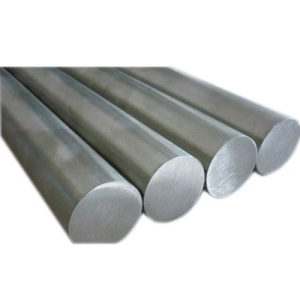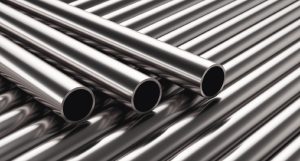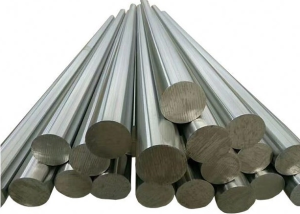For many metalworking projects, the choice of a forged bar is crucial. Before choosing a forged bar, there are several things to consider, such as strength, weldability, and corrosion resistance. The key variations between a Duplex A182 F60 Bar and a Duplex F51 Bar are listed below.
Strength Comparison
Duplex stainless steels have higher strengths, better corrosion resistance, and better formability than austenitic stainless steels. Duplex stainless steels are twice as strong as single-phase austenitic grades. Higher chromium content in duplex stainless steels increases their corrosion resistance. Additionally, these grades have exceptional strength-to-weight ratios. Duplex steels can be used in many different applications. Lower nickel content than austenitic grades is the design goal for the ASTM A182 F60 & F51 Duplex stainless steels. Crevice corrosion and chloride conditions are more resistant to these grades. Additionally, localized corrosion and stress corrosion cracking are better resisted by the Duplex A182 F51 Forged Bar grade. There are many applications where the duplex stainless steel grades are frequently employed. In addition to gas turbine engines, they are appropriate for chemical engineering, chemical production, and food processing. Construction and fabrication are made simple by the flexibility of the ASTM A182 F60 Bar. In most cases, they are delivered in an annealed state.
Corrosion Resistance
The nickel content of ASTM A182 F60 & F51 Duplex stainless steels is lower than that of austenitic grades. Crevice corrosion and chloride conditions are more resistant to these grades. Additionally, localized corrosion and stress corrosion cracking are better resisted by the ASTM A182 F51 Bar grade. There are many applications where the duplex stainless steel grades are frequently employed. In addition to gas turbine engines, they are appropriate for chemical engineering, chemical production, and food processing. Construction and fabrication are made simple by the flexibility of the ASTM A182 F60 Bar.
In most cases, they are delivered in an annealed state. Welding can be done using the alloy as well. The resistance to chloride pitting is likewise quite good in duplex stainless steels. They are also utilized in sulfinic acid applications that require corrosion resistance. They are also utilized for hot-temperature-exposed components of gas turbine engines.
Weldability
Austenite and ferrite are typically mixed in the microstructure of duplex stainless steel. Due to its heterogeneous microstructure, the alloy has better strength and strong corrosion resistance. Welding can be done using the alloy as well. Duplex Steel A182 F51 Bar has excellent qualities for erosion fatigue and thermal conductivity. Also, Duplex A182 F60 Forged Bar has strong tensile and yield strengths and corrosion resistance. Due to this property, it is utilized in a variety of applications. They are renowned for having a high degree of flexibility. They are simple to assemble because of this functionality. They also exhibit strong sulfide stress corrosion resistance. They are utilized by the petroleum, chemical, and oil industries. They are employed in the water treatment sector as well. Low temperatures do not weaken them. They can withstand attacks from chloride as well.
Resistance to Austenitic Stainless Steel
Duplex steels are better in strength and corrosion resistance than austenitic stainless steels. They have better resistance to stress corrosion cracking, crevice corrosion, and localized corrosion. Duplex stainless has higher tensile strength and yield strength than austenitic steel. Duplex stainless steels also have lower nickel content than austenitic steels. Duplex stainless is a type of stainless steel with a mixed microstructure. It has high chromium content (19-28%), low nickel content (3%), and high molybdenum content (5%). Its metallurgical structure is a mix of austenite and ferrite. Its high chromium content gives it excellent corrosion resistance. Duplex stainless is an excellent choice when high strength is required. Its higher tensile and yield strengths make it suitable for various applications. It is also an excellent choice when stress corrosion cracking is a concern.

